It's chocolate season again! Halloween leftovers linger until the truffles and fudge of winter holidays arrive en masse. Each day well-intentioned co-workers, family members and friends derail our thoughtful eating habits with delectable treats dreamily encased in ribbons and tissue.
If the past is any indicator (and usually it is), deprivation is not a sustainable solution to the chocolate overdose. Instead, let's begin with a mental makeover: All chocolate is not inherently unhealthy.
Studies show cocoa beans contain flavanols, which have antioxidant effects that may help prevent heart disease and lower blood pressure, protecting us from strokes and heart attacks. The trick is understanding which chocolate, and how much of it, is good for us.
The Chocolate Cheat Sheet:
• Choose dark chocolate, 65 percent cacao or more. If it's not obvious how much cacao the treat contains, make sure cacao is first among the ingredients.
• Stick to three ounces (85 grams) or less per day -- about seven 2x2-inch squares.
• Remember the calories and compensate accordingly. Seven squares of chocolate is about 420 calories. Trade out your pumpkin spiced latte (380 calories) and you're almost there. Plus, you'll save yourself the 40 percent trans fat and artificial flavoring.
• Savor your sweets to truly enjoy their flavor and avoid mindless binging.
Savoring is a state of body and mind. Consider yourself a connoisseur of chocolate, the cacao equivalent of a sommelier. Indulge in the art of sensory immersion. All you have to do is eat slowly, notice and enjoy.
A Chocolate Meditation:
Hold a piece of chocolate in your palm and investigate it visually. Notice the richness of color, the smoothness of texture.
Bring the chocolate to your nose and breathe in its fragrance. What do you smell? Is there earth in your chocolate? Spice, sweetness?
Place the chocolate between your teeth. Notice the density of it as you bite down and drop a morsel onto your tongue.
Let it rest there for a moment. How does your mouth react? Do you feel your salivary glands spark as traces of chalky flavor ignite your pallet?
How does your tongue feel as the chocolate begins to melt?
What do you notice upon first swallow? Texture, taste, sensation?
You may also notice mental and emotional reactions to the chocolate. After enjoying one piece, focused on your sensory reactions, consider how you feel in total.
If the sensation is pleasurable, perhaps you give thanks to all the people and elements that contributed to the chocolate that's now apart of you: the cacao bean, the sun that helped the cacao plant grow, the rain that watered it, the people who harvested it and the chocolatier that prepared it.
From one thoughtful taste of chocolate, you may find yourself entirely fulfilled.
For more by Lilian Cheung, D.Sc., R.D., click here.
For more on personal health, click here.
